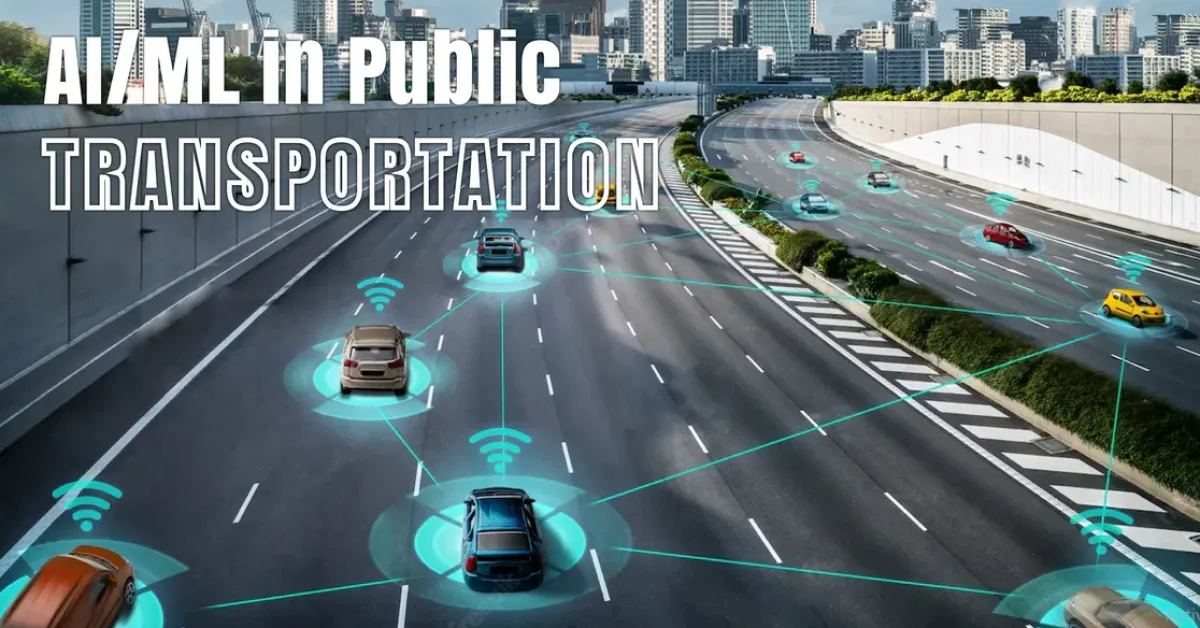AI-driven Computer Vision: A new lens into logistics
End to End ERP for complete trucking business Download AppDownload Brochure


Ensuring Precise Vehicle Tracking and Reducing Unauthorized Access
To maintain high security and operational control, organizations must implement a comprehensive Vehicle Access Control System (VACS) that accurately tracks every vehicle entering and exiting the premises while minimizing unauthorized access. Such a system ensures only approved vehicles gain entry, enhances monitoring, and provides a reliable audit trail for security investigations.
One of the most effective technologies for vehicle tracking is Automated License Plate Recognition (ALPR), which scans and records license plates in real time. By cross-referencing vehicle data against a pre-approved database, the system instantly grants or denies access, ensuring only authorized vehicles enter. Additionally, integrating RFID tags or proximity cards allows for seamless, hands-free entry for registered vehicles while restricting unauthorized ones. These systems can be customized to assign different access levels, such as permanent access for employees and temporary passes for visitors or delivery vehicles.
Cargo Verification System: Tracking Load Status to Prevent Fraud
To combat fraudulent activities in logistics and transportation, businesses must implement a real-time cargo verification system that accurately tracks whether vehicles are empty or loaded at every checkpoint. Such a system ensures transparency, reduces theft, and prevents false claims related to cargo status.
Advanced technologies like weight sensors, IoT-enabled load monitors, and RFID tags can automatically detect and record whether a truck is carrying cargo. These sensors, integrated with a central tracking platform, provide instant alerts if discrepancies are found—such as a vehicle marked as "loaded" but showing no weight change. Additionally, AI-powered cameras can visually verify container conditions, while blockchain-based logs create tamper-proof records of all loading and unloading activities.
By implementing an automated cargo verification system, companies can eliminate manual errors, prevent cargo theft, and ensure accurate billing. This not only enhances operational efficiency but also builds trust with clients and regulatory authorities by providing verifiable proof of cargo status throughout the supply chain.
In conclusion, automated load tracking and verification are essential for fraud prevention in logistics. Leveraging smart sensors, AI, and blockchain ensures real-time monitoring, reduces financial losses, and maintains a secure and transparent transportation process.


Eliminating Theft with Real-Time Image Capture & Monitoring
Theft prevention has reached new heights with AI-powered surveillance systems that use real-time image capture and 24/7 monitoring to deter, detect, and document unauthorized activities. By deploying high-resolution cameras with instant motion detection and facial recognition, businesses can identify suspicious behavior before theft occurs. These systems trigger immediate alerts to security personnel while storing encrypted footage as legal evidence.
Advanced analytics enable automated threat detection, distinguishing between normal activity and potential theft. Integration with access control systems ensures that only authorized personnel enter restricted zones, while live video verification allows remote monitoring from any location. With cloud-based storage and blockchain-secured logs, tamper-proof records ensure accountability.
By implementing smart surveillance solutions, organizations can achieve near 100% theft reduction, safeguarding assets, reducing losses, and enhancing operational security. Real-time monitoring doesn’t just stop theft—it creates a culture of accountability, ensuring a safer environment for businesses and customers alike.
Optimizing Fleet Operations: Reducing Idle Time by 60% for Faster Turnarounds and Lower Fuel Costs
Excessive idling is a silent profit-killer in fleet management, wasting fuel and increasing operational costs. By implementing AI-driven telematics and automated engine monitoring, companies can cut idle time by 60%, significantly improving turnaround times and fuel efficiency.
Smart sensors track engine activity in real time, while predictive analytics identify unnecessary idling patterns—whether from prolonged loading/unloading, driver habits, or poor scheduling. Automated alerts notify drivers and managers when idling exceeds preset limits, encouraging immediate action. Additionally, geofencing technology can automatically shut off engines in designated zones, further reducing wasted fuel.
The benefits extend beyond cost savings: Reduced idle time means faster job completion, lower emissions, and extended engine life. By integrating real-time reporting tools, fleet managers gain actionable insights to optimize routes, schedules, and driver behavior.
In logistics, construction, or delivery services, a proactive idle-reduction system transforms operational efficiency. The result? Lower costs, higher productivity, and a greener footprint—proving that small changes drive big impacts.
